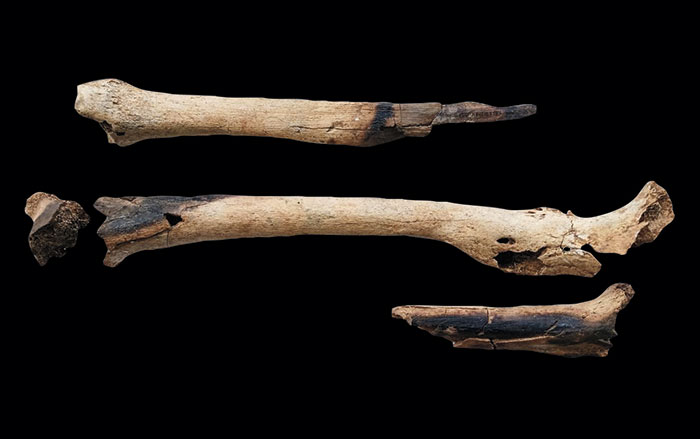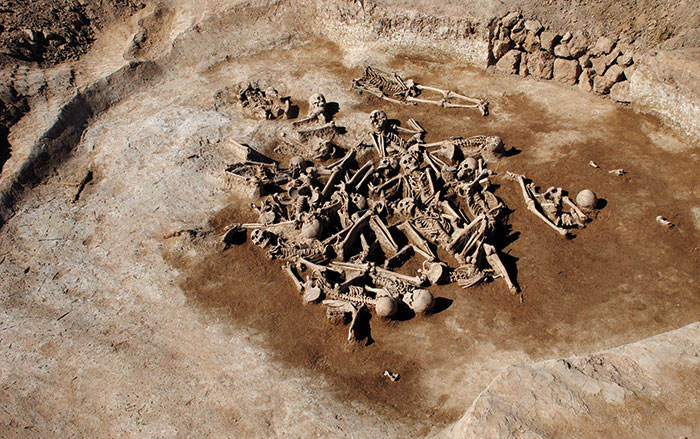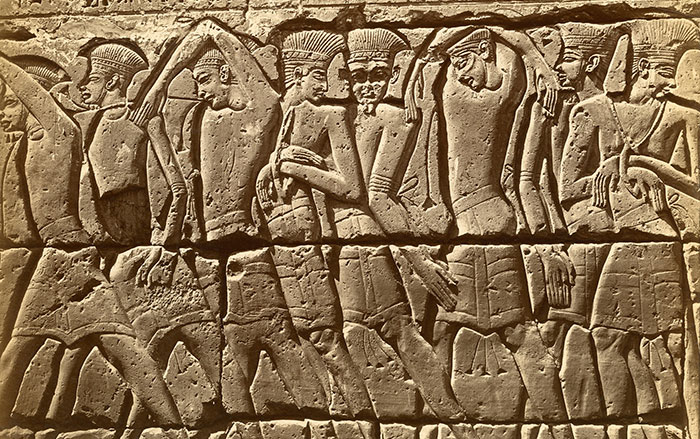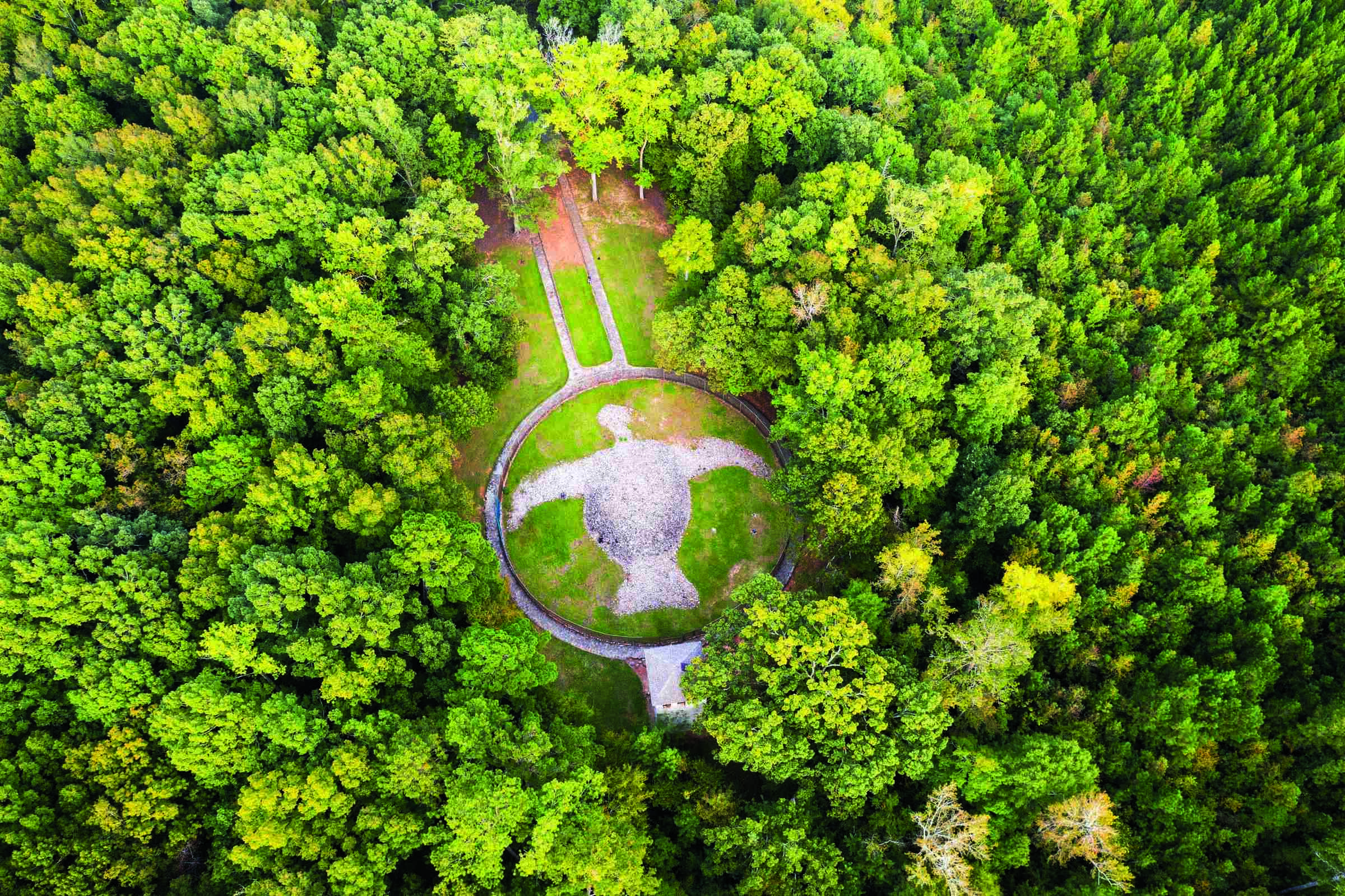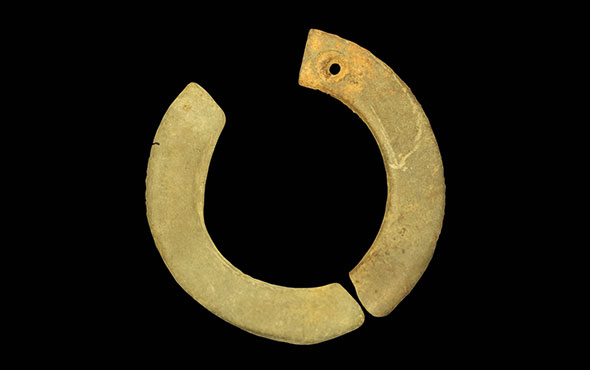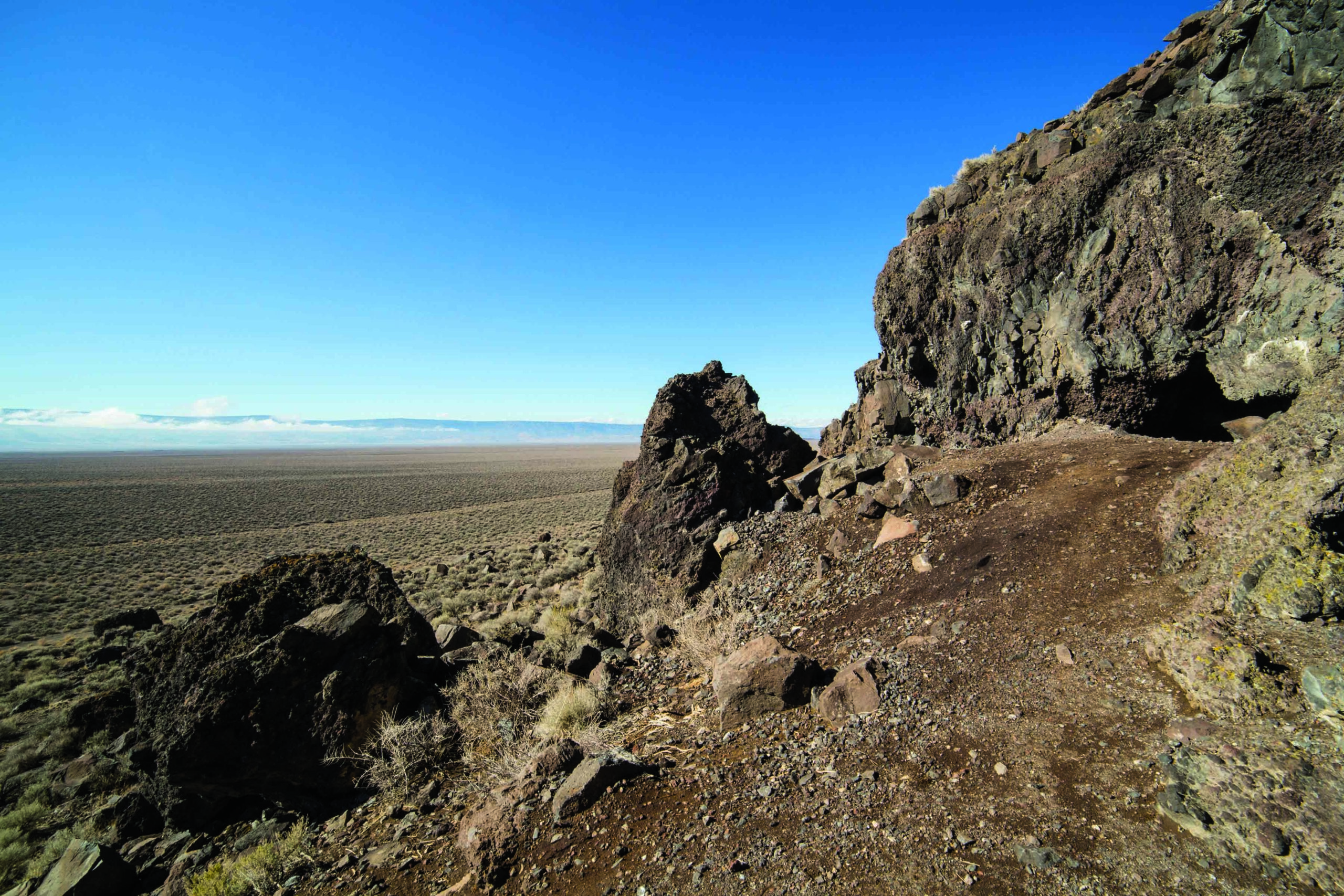
Statues of the Buddha unearthed in central China are leading to new interpretations of the early history of Buddhism in the country. While excavating a late Eastern Han Dynasty (A.D. 25–220) family tomb in Shaanxi Province, archaeologists discovered a four-inch-tall bronze figure of Gautama Buddha in a standing position and a six-inch figurine depicting five images of Buddha. Both statues are examples of the Greek-influenced Gandharan style of northwest Pakistan and eastern Afghanistan between the first and seventh centuries A.D.
It is widely believed that Buddhism first reached China by means of Central Asia’s Silk Road during the reign of the emperor Han Ming (r. A.D. 57–75). However, prior to this discovery, the earliest known Buddha statues found in China had been dated to the Sixteen Kingdoms Period (A.D. 304–439), more than two centuries later. The recent find provides physical evidence of Buddhism’s early spread in China, says team leader Li Ming of the Shaanxi Academy of Archaeology. Analysis of the statues shows that they were made of an alloy of copper, tin, and lead, which is consistent with bronze-casting technologies in China in the first century A.D. Most contemporaneous Buddha figures from Central Asia were fashioned from an alloy of copper and zinc. Li believes it is much more likely that the statues were manufactured locally than that they were brought to China via the Silk Road.



